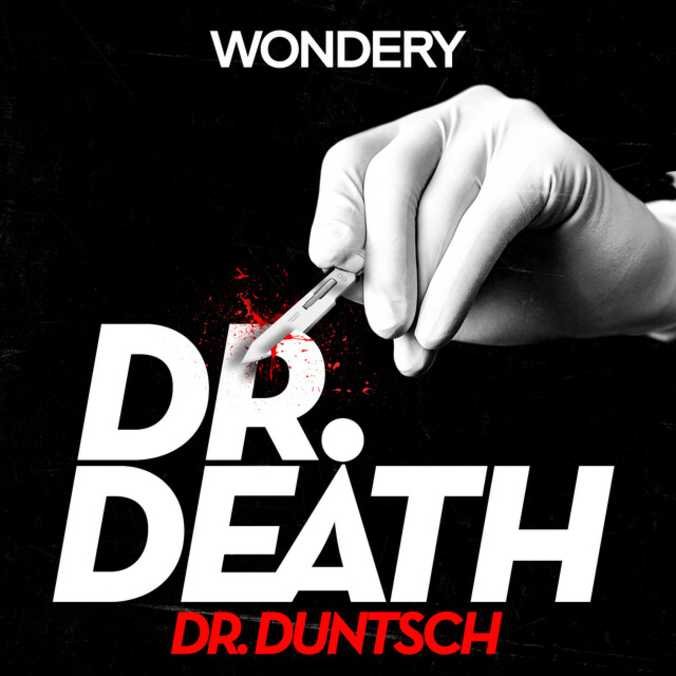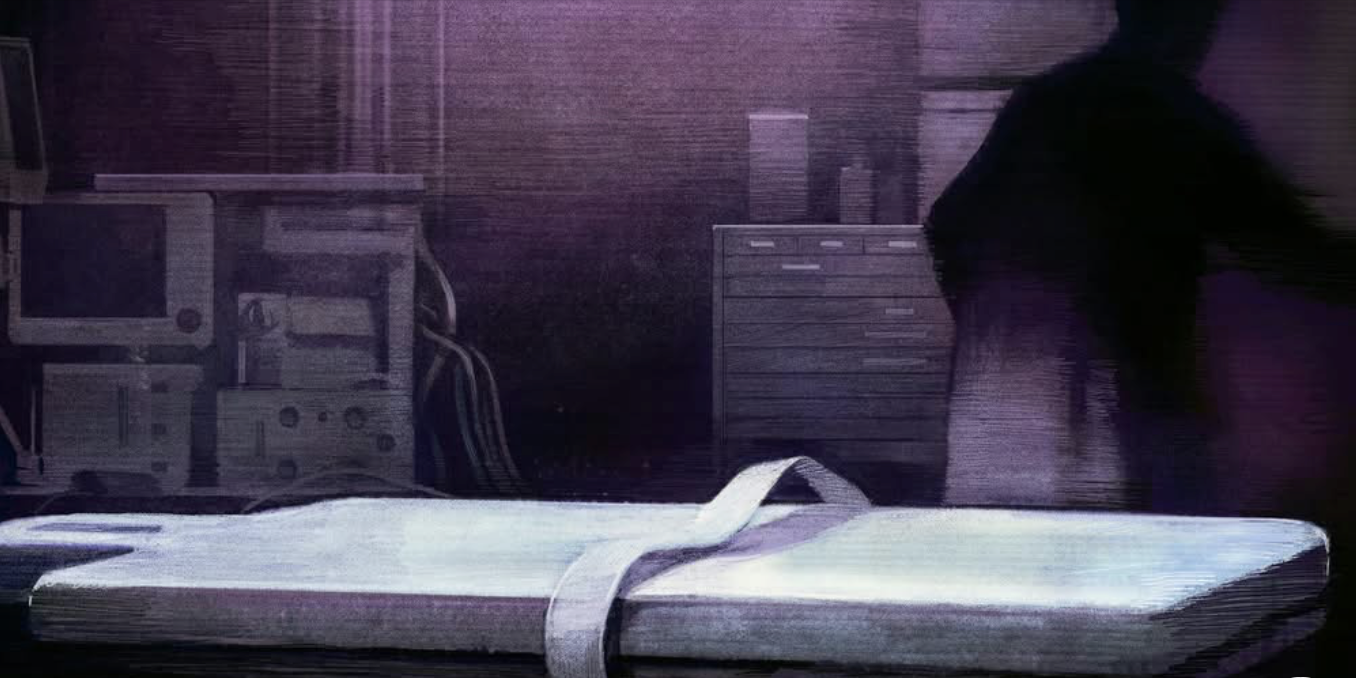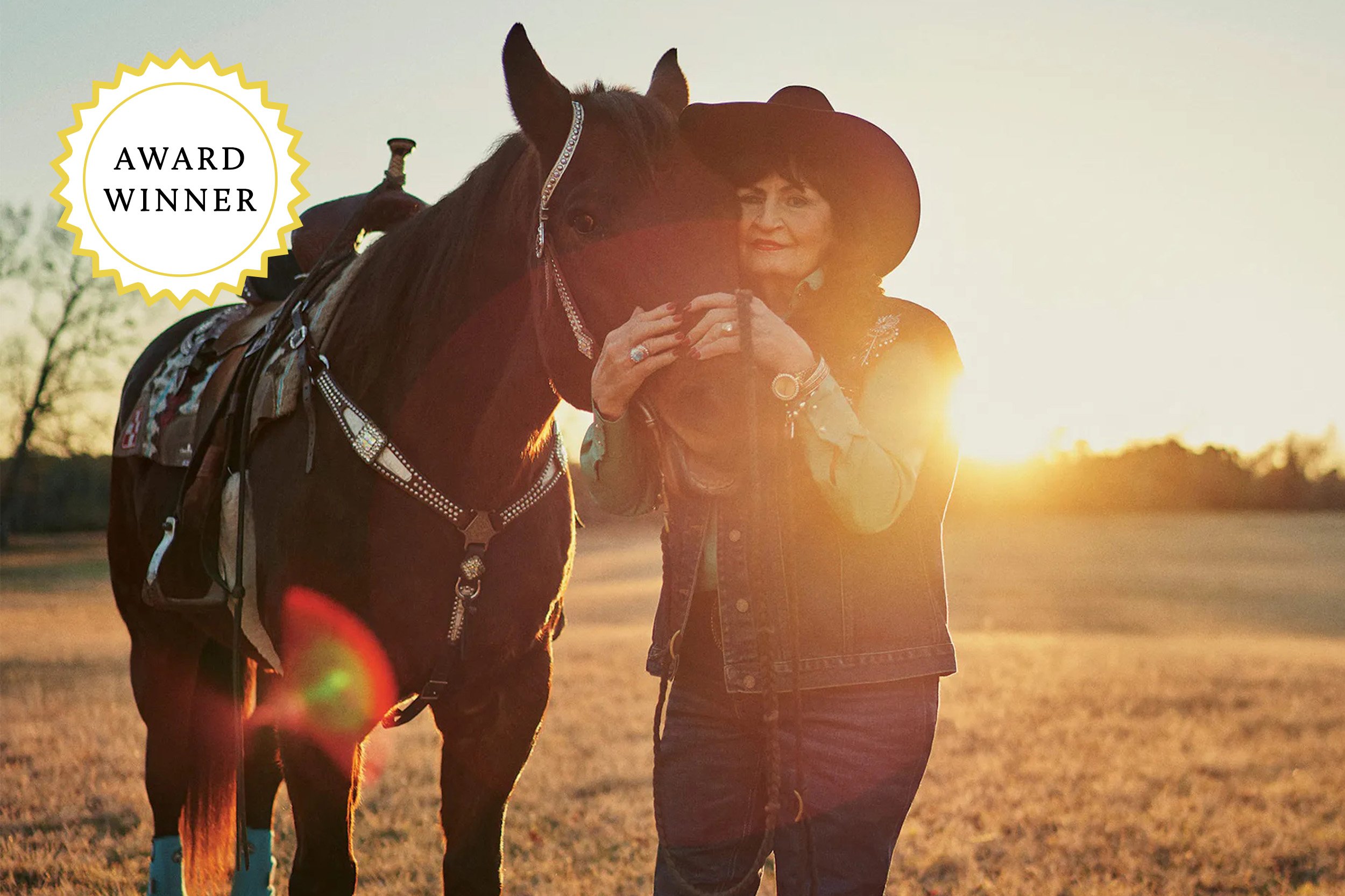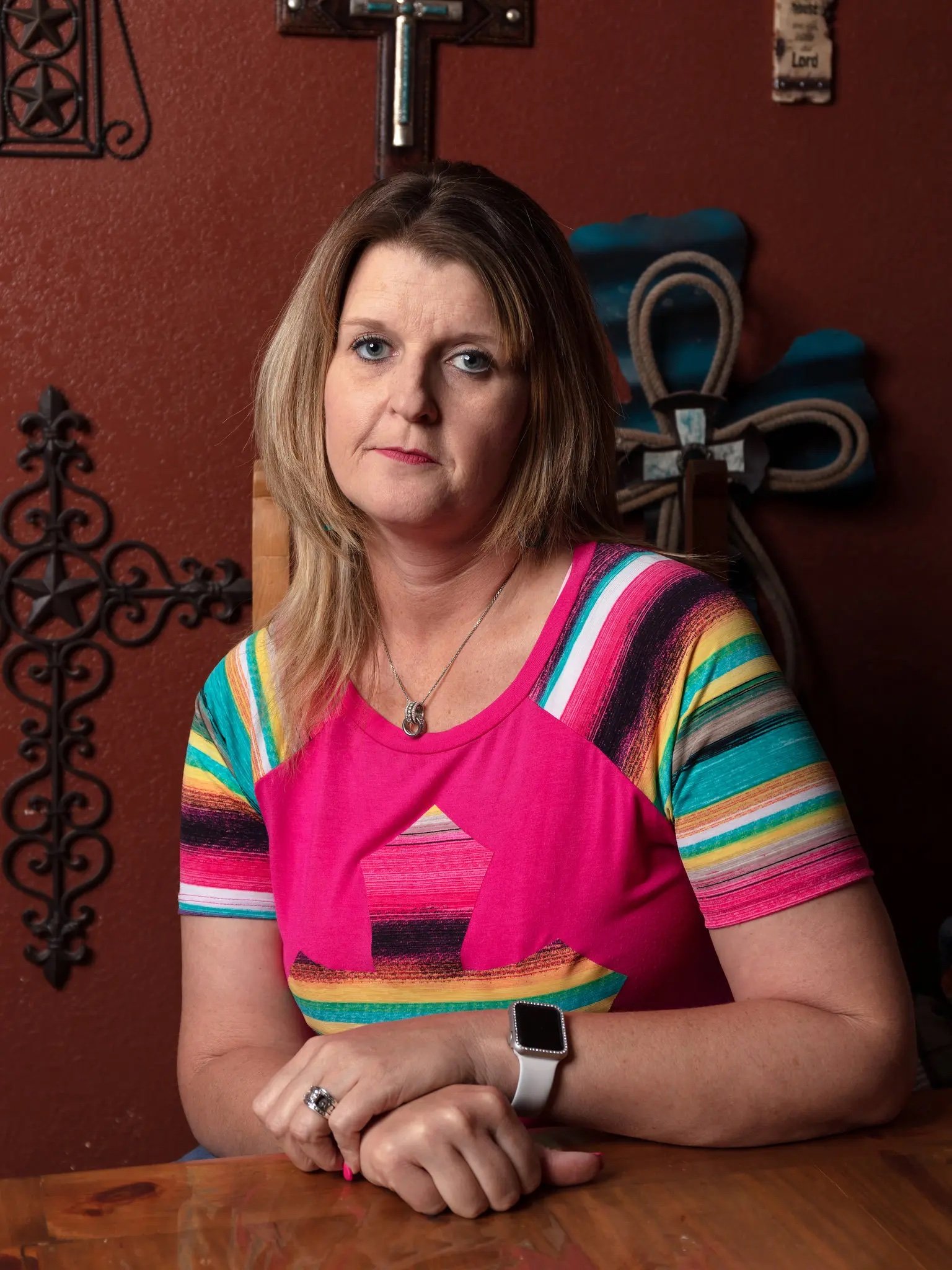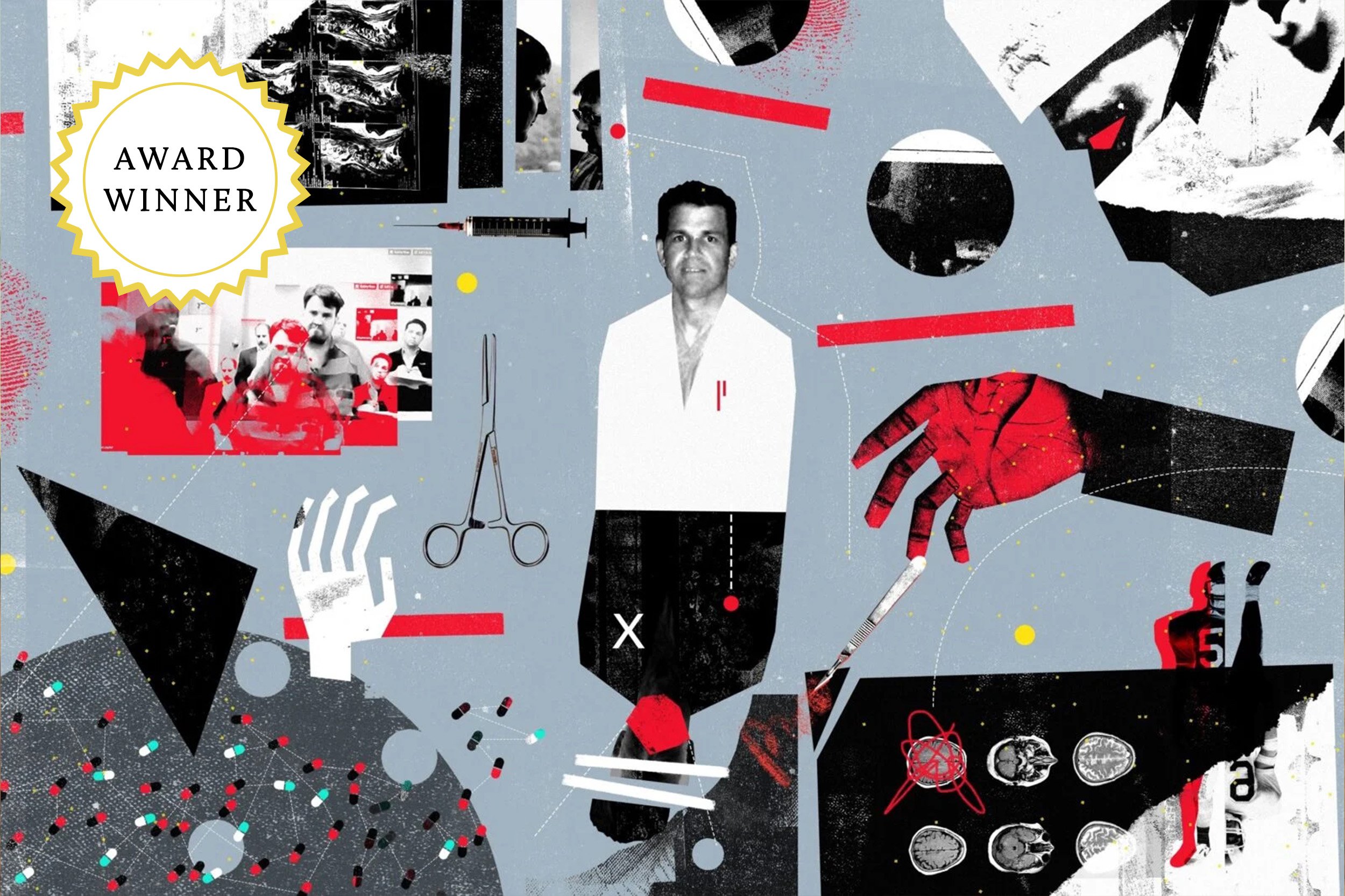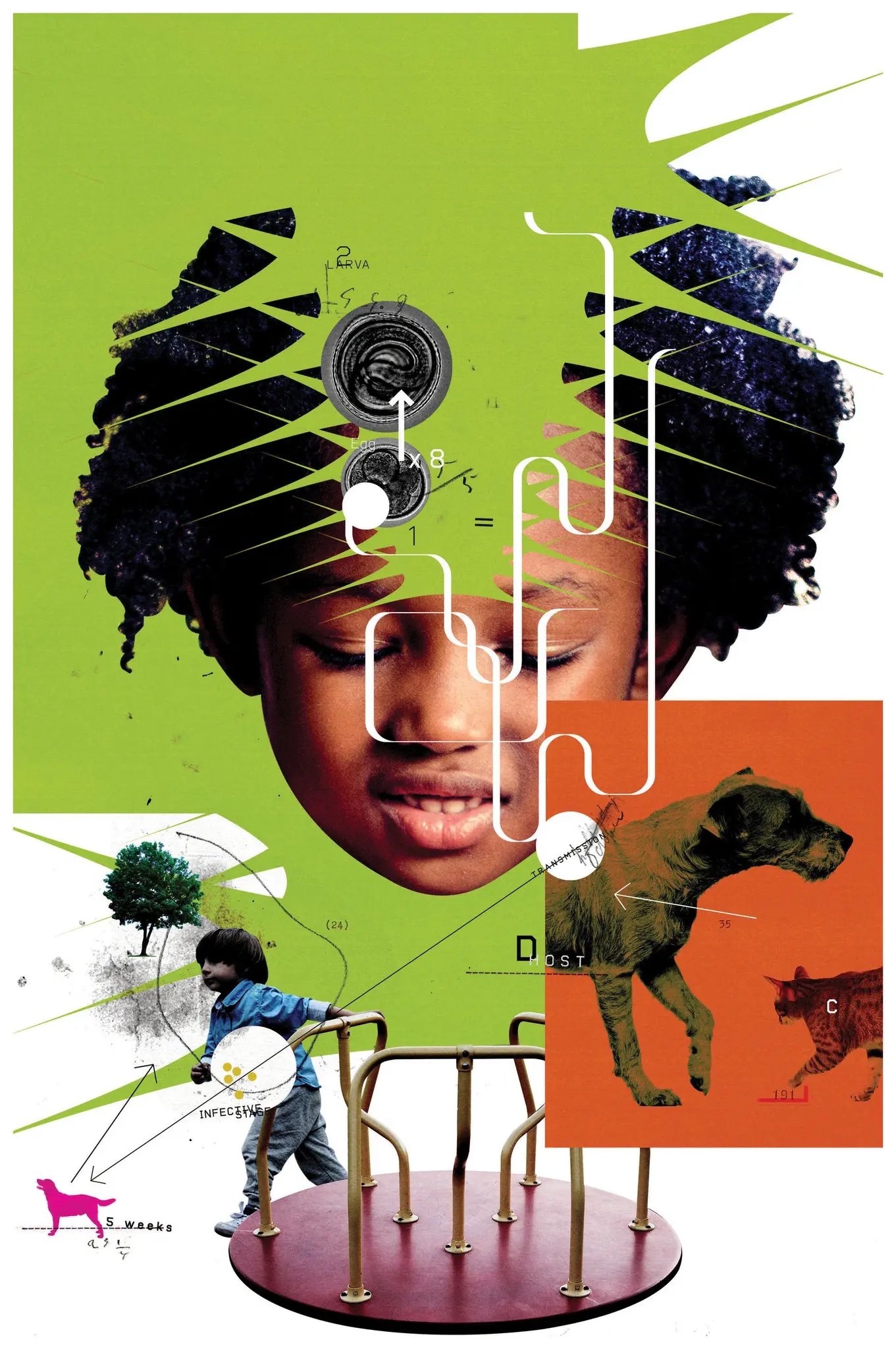AWARD WINNING
Freelance Journalist
I began my career as a newspaper reporter, working at the crossroads of science, medicine, and journalism. During my 30 years as a journalist, I have striven for painstaking reporting and impactful storytelling, which has earned me the Victor Cohn Prize for Excellence in Medical Science Reporting. I have also received two nominations for National Magazine Awards, two Gracies, and other recognitions. I've been honored by the Association of Health Care Journalists and the American Society of Journalists and Authors. All of my podcasts have hit #1 on the Apple Podcasts charts.
While my expertise lies in health and science, I have also written about the country’s most celebrated barrel-racing queen for Texas Monthly, gun-toting liberals for D Magazine, and contributed to NPR's This American Life with the "Thugs" episode.
You can listen to my podcasts and read some of my articles below. I welcome new story ideas.
CONNECT WITH ME
Podcasts
Award Winning Work
FEATURED IN:









